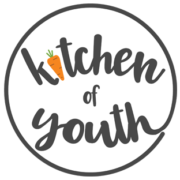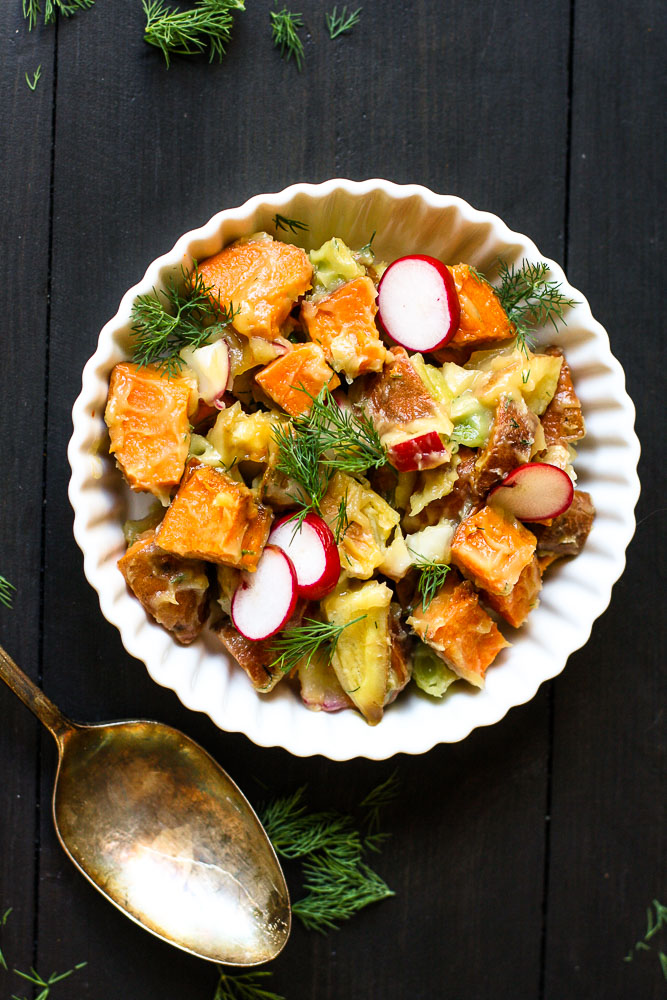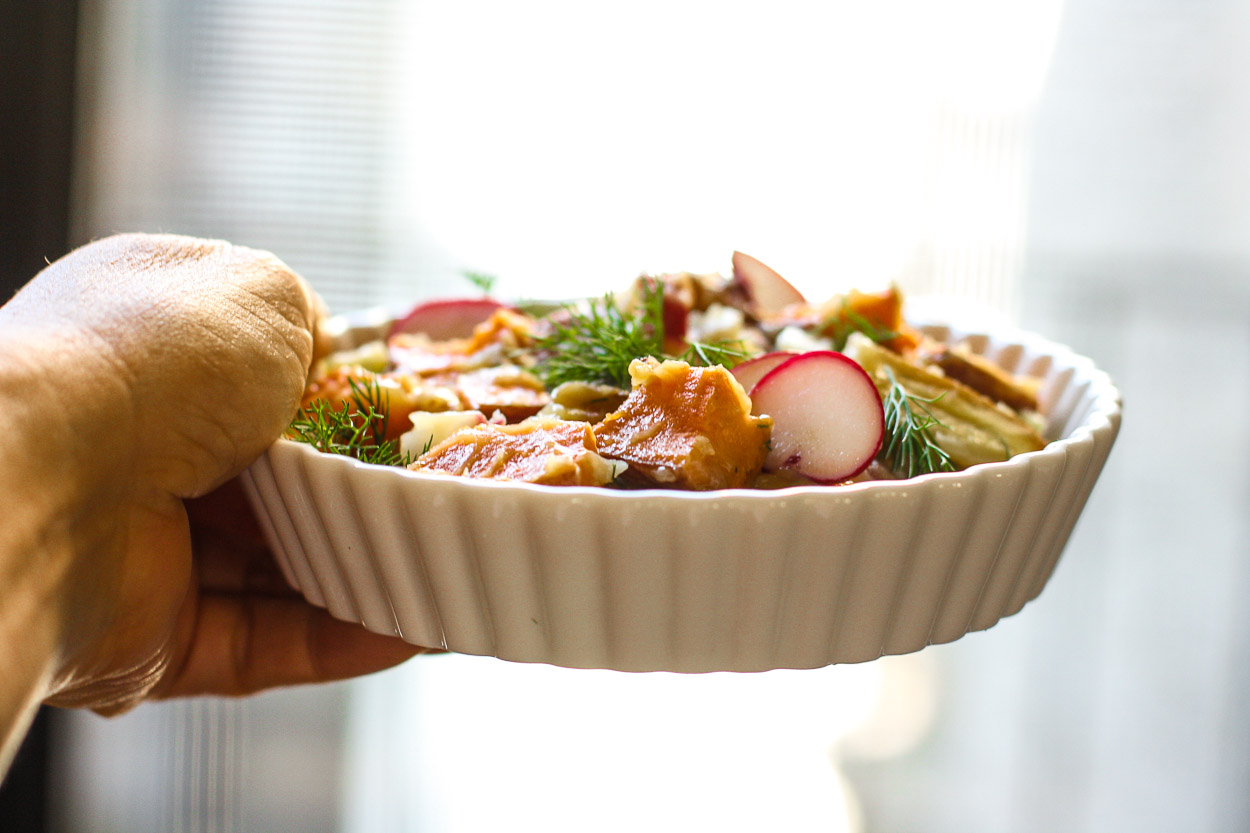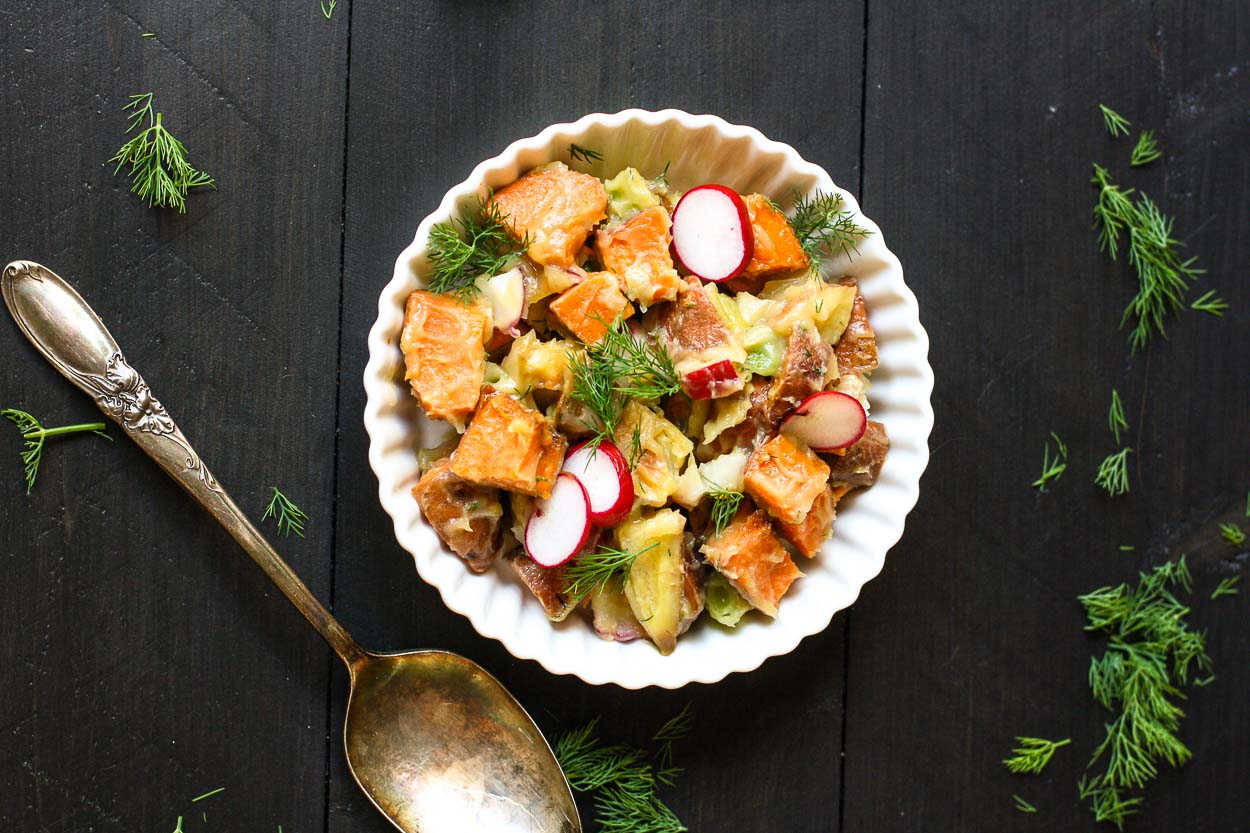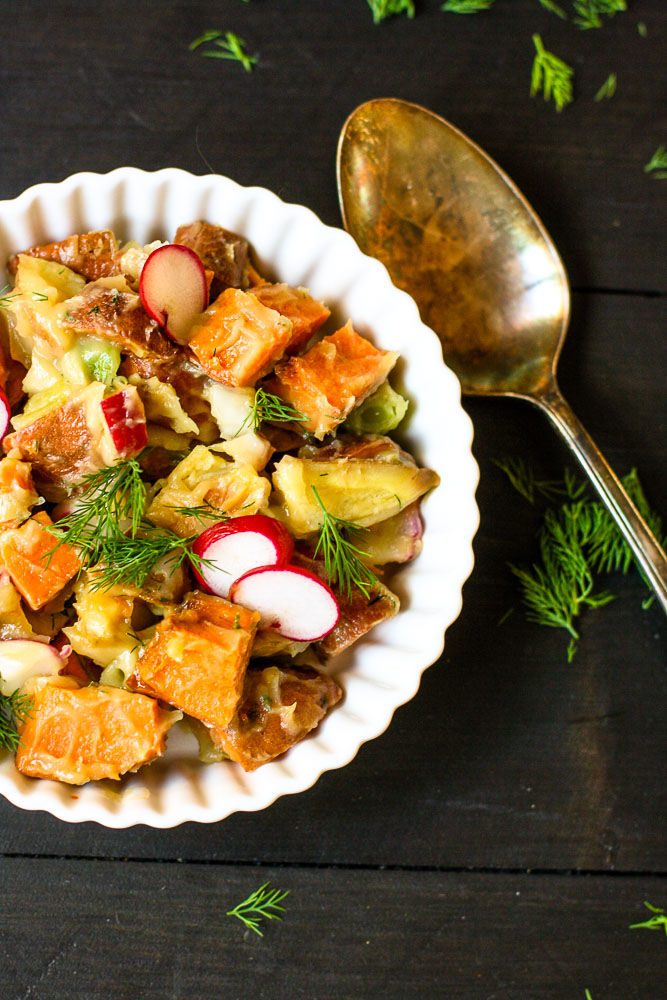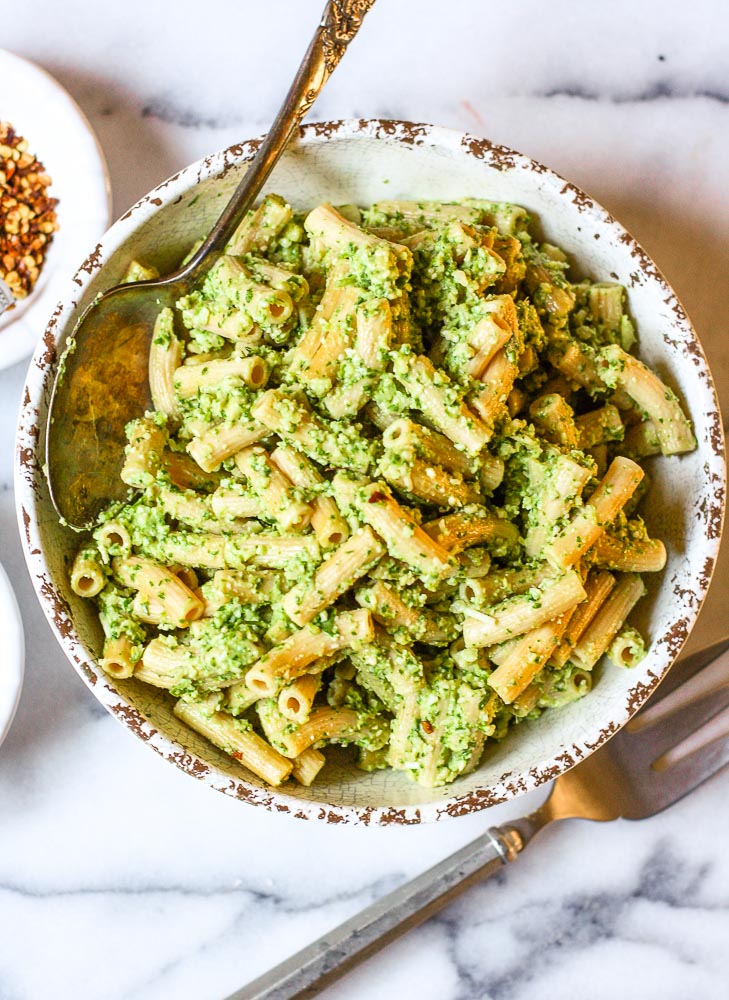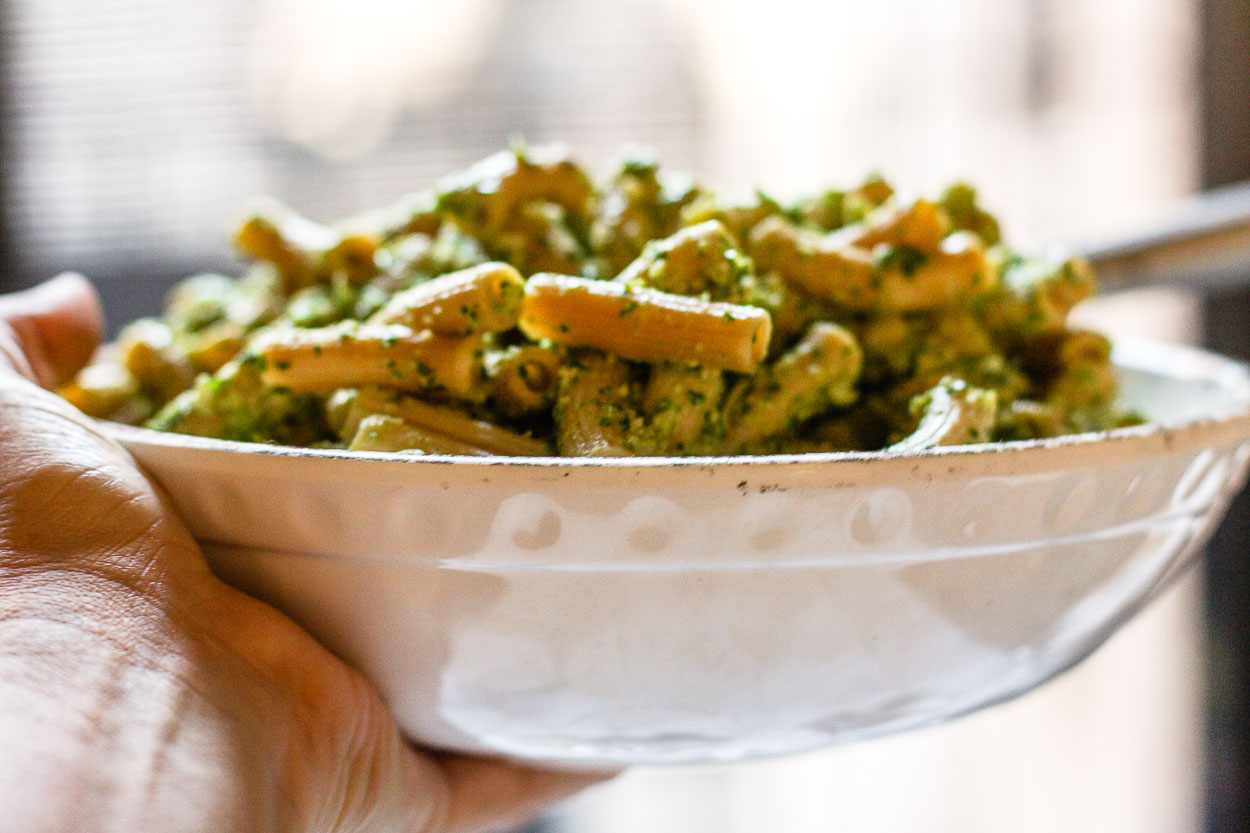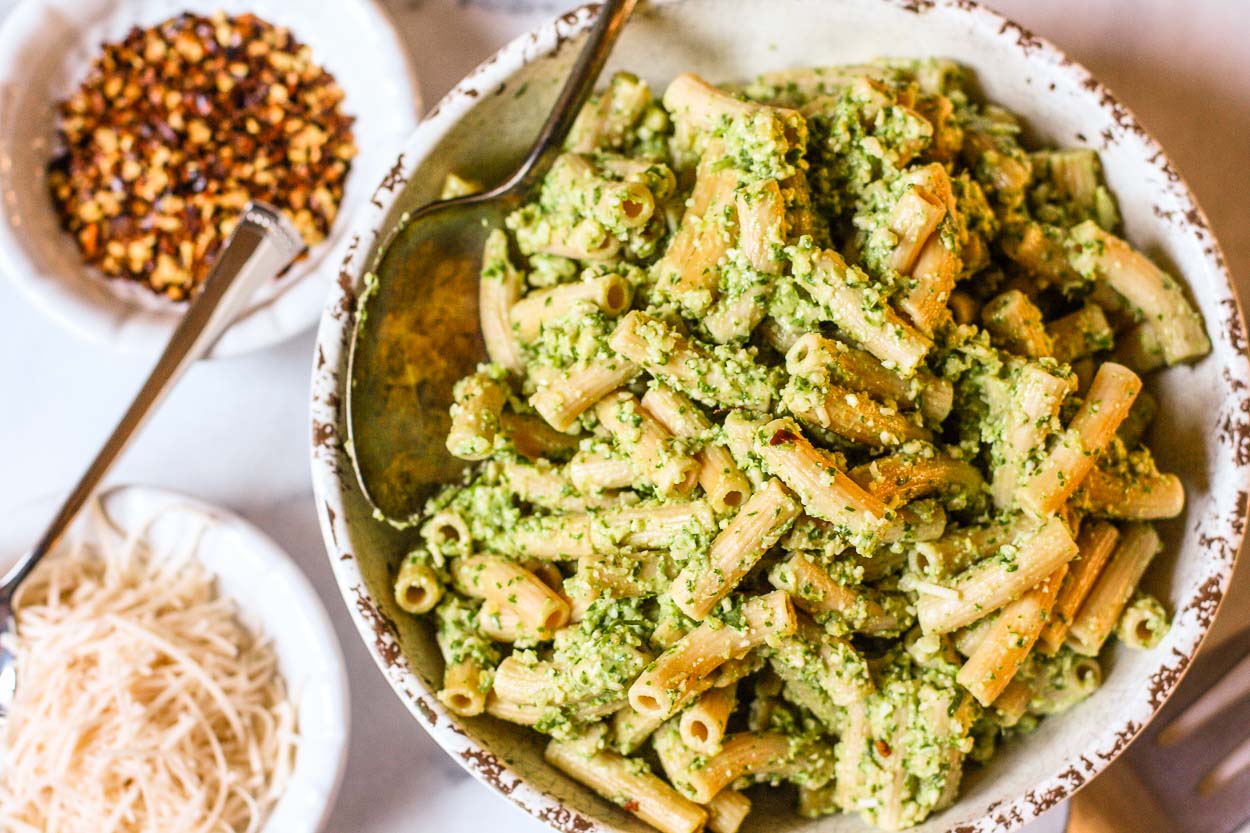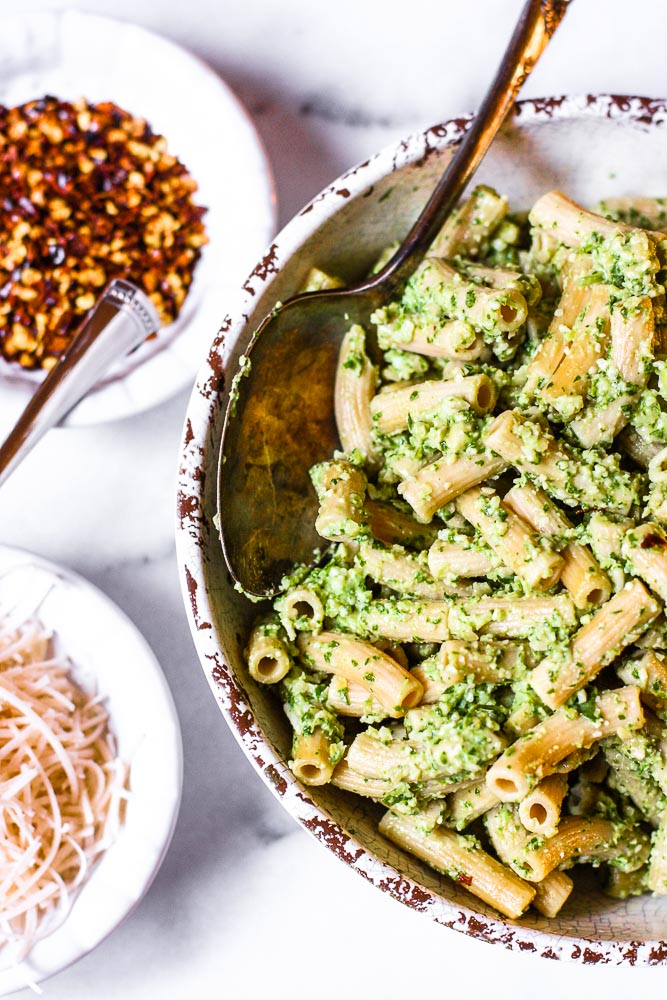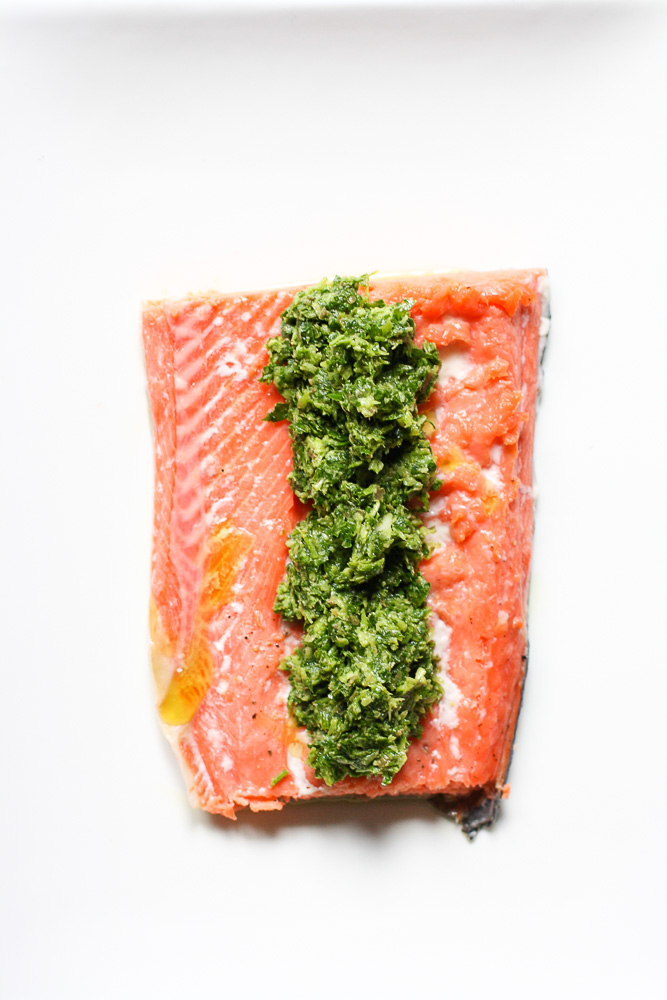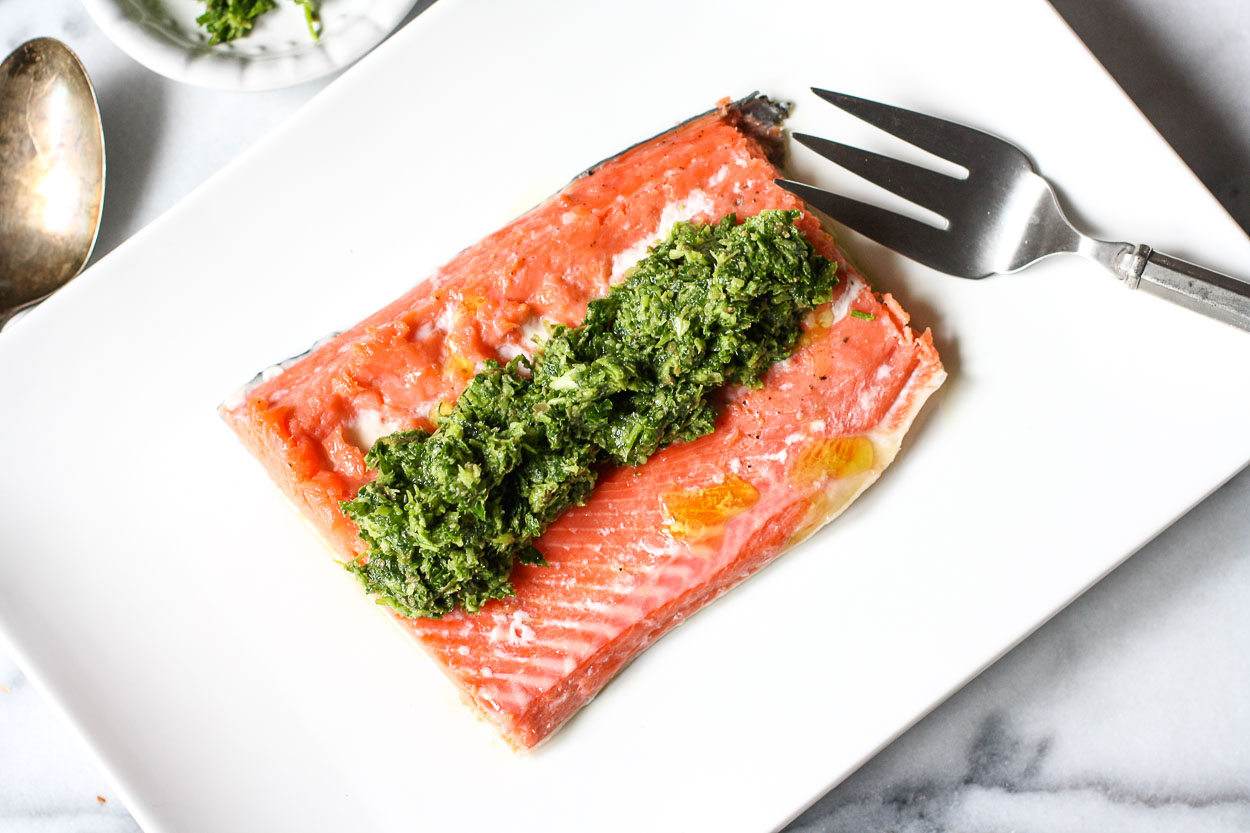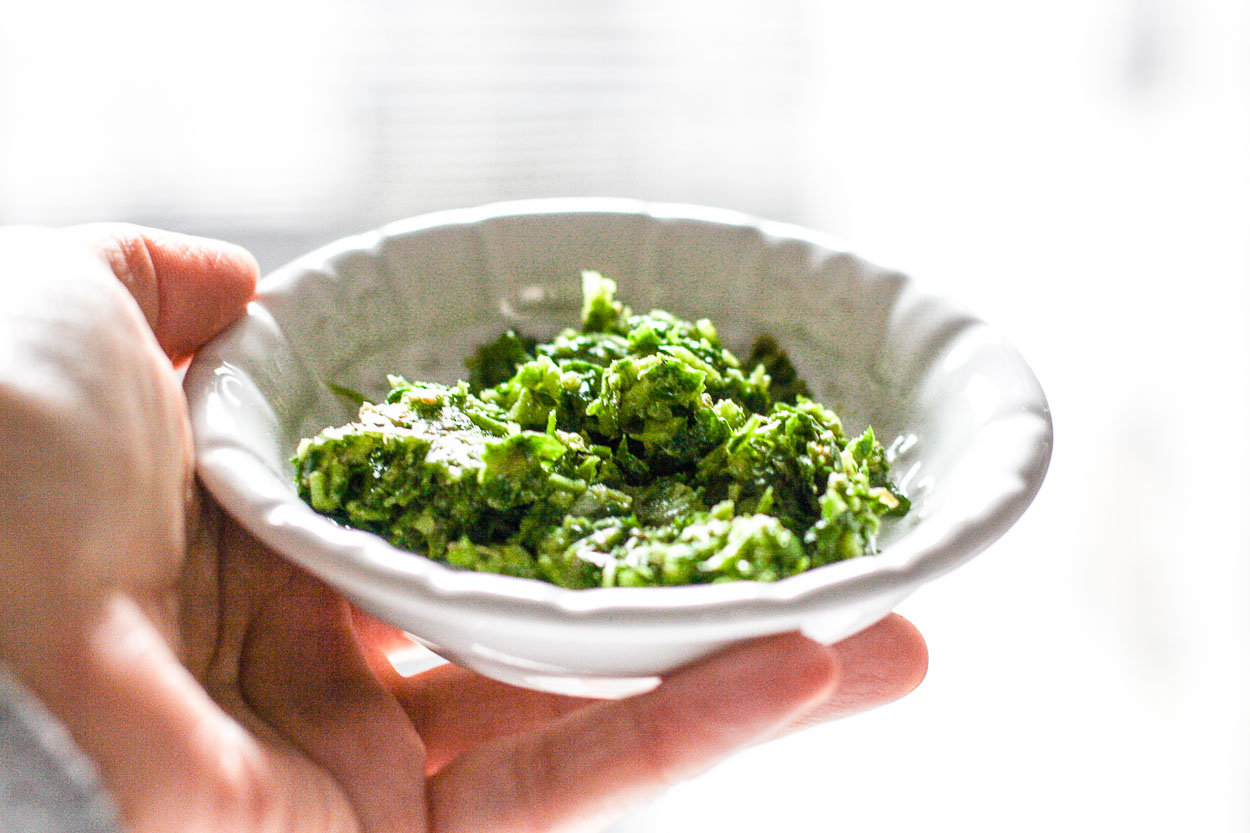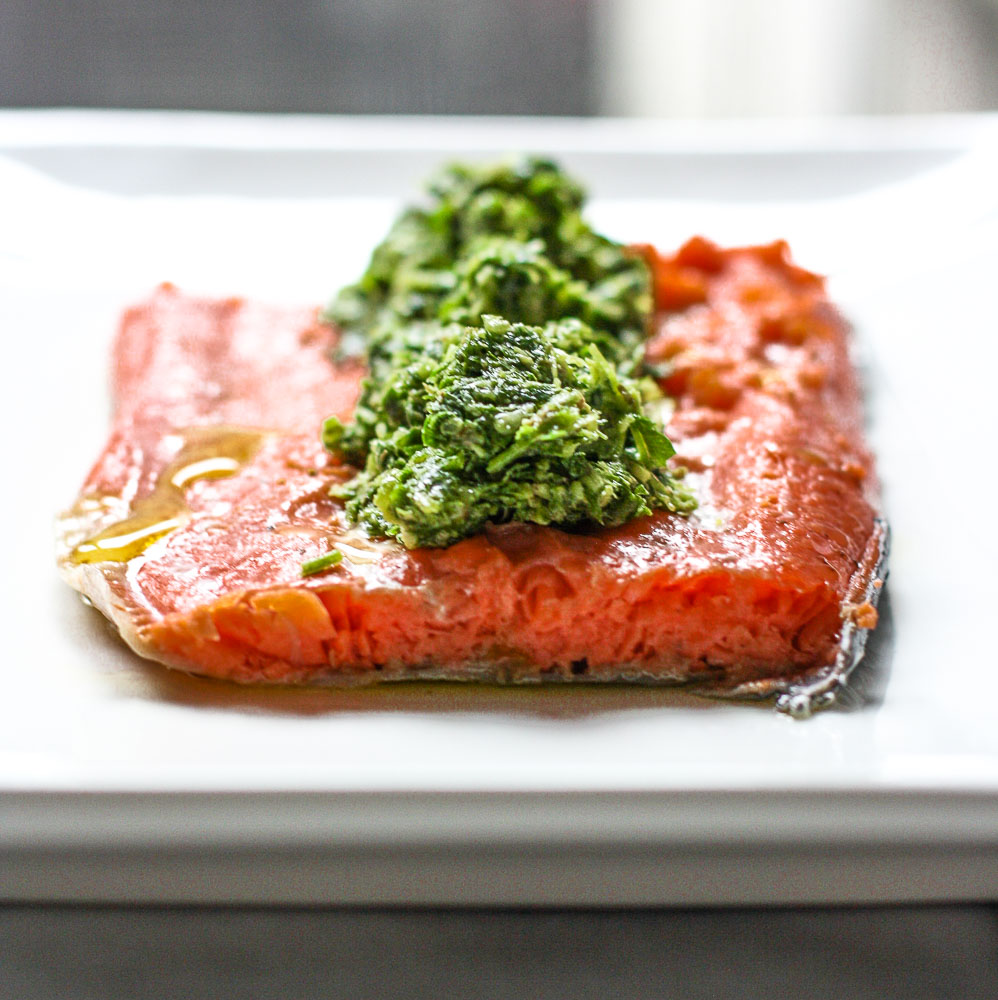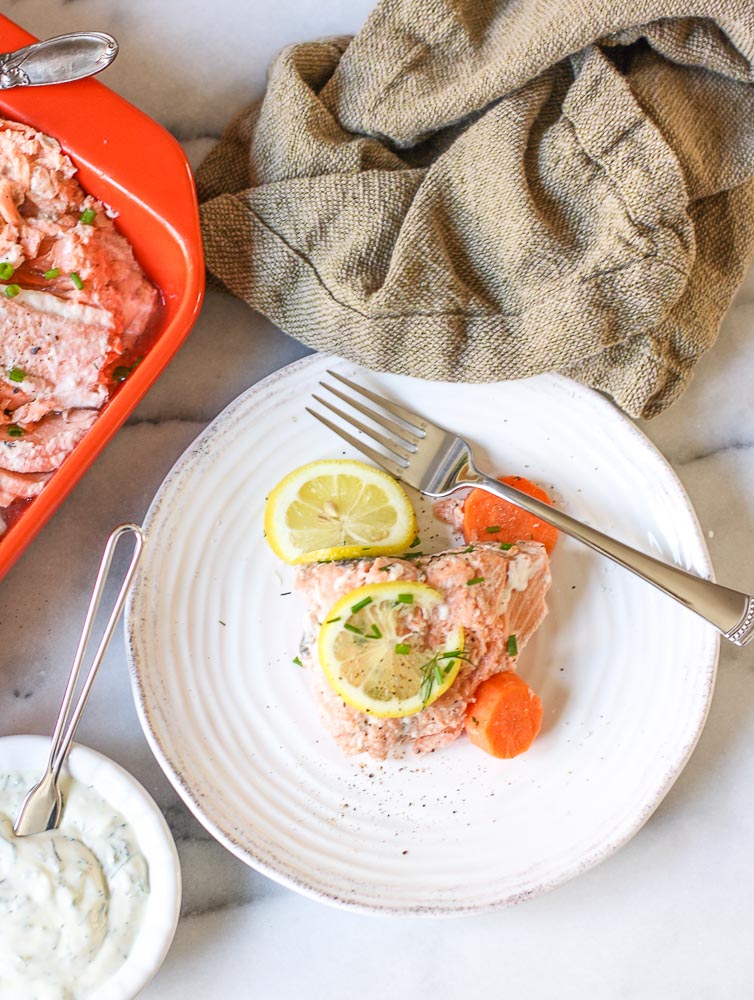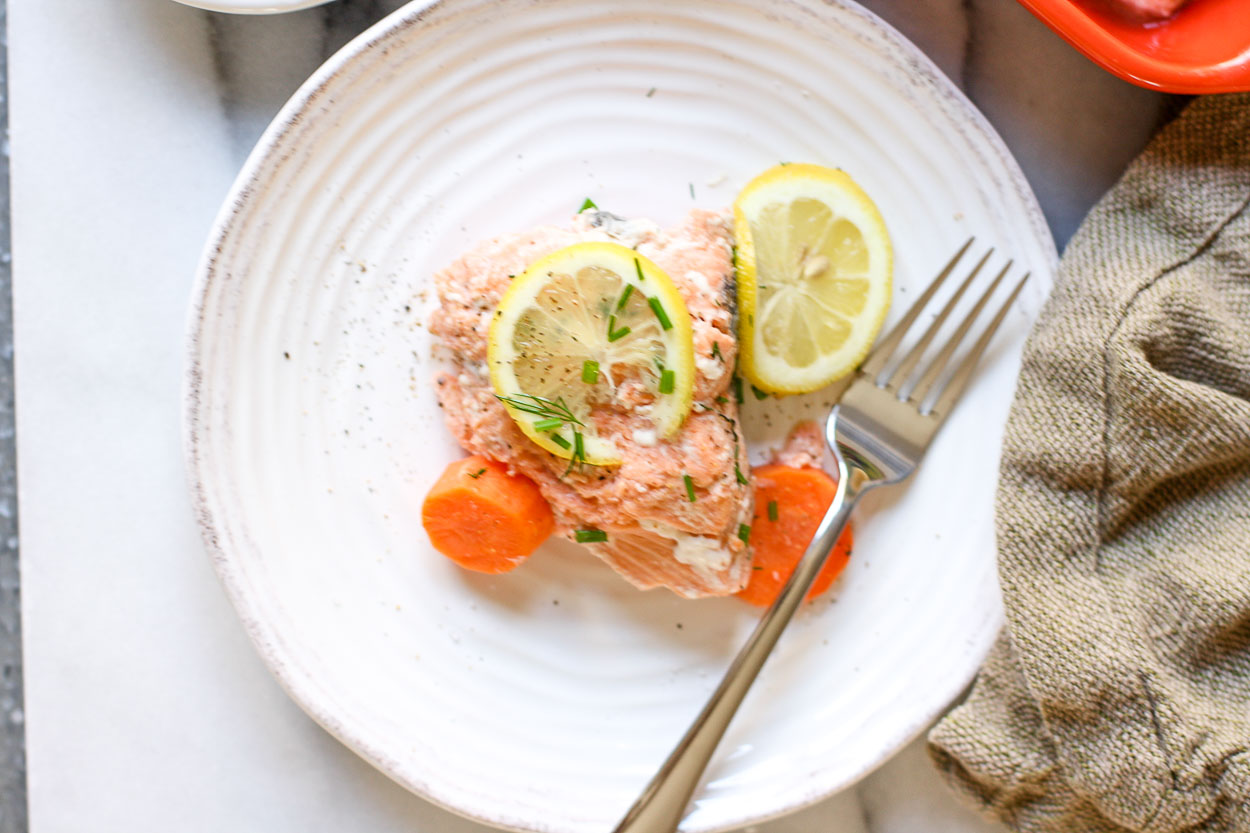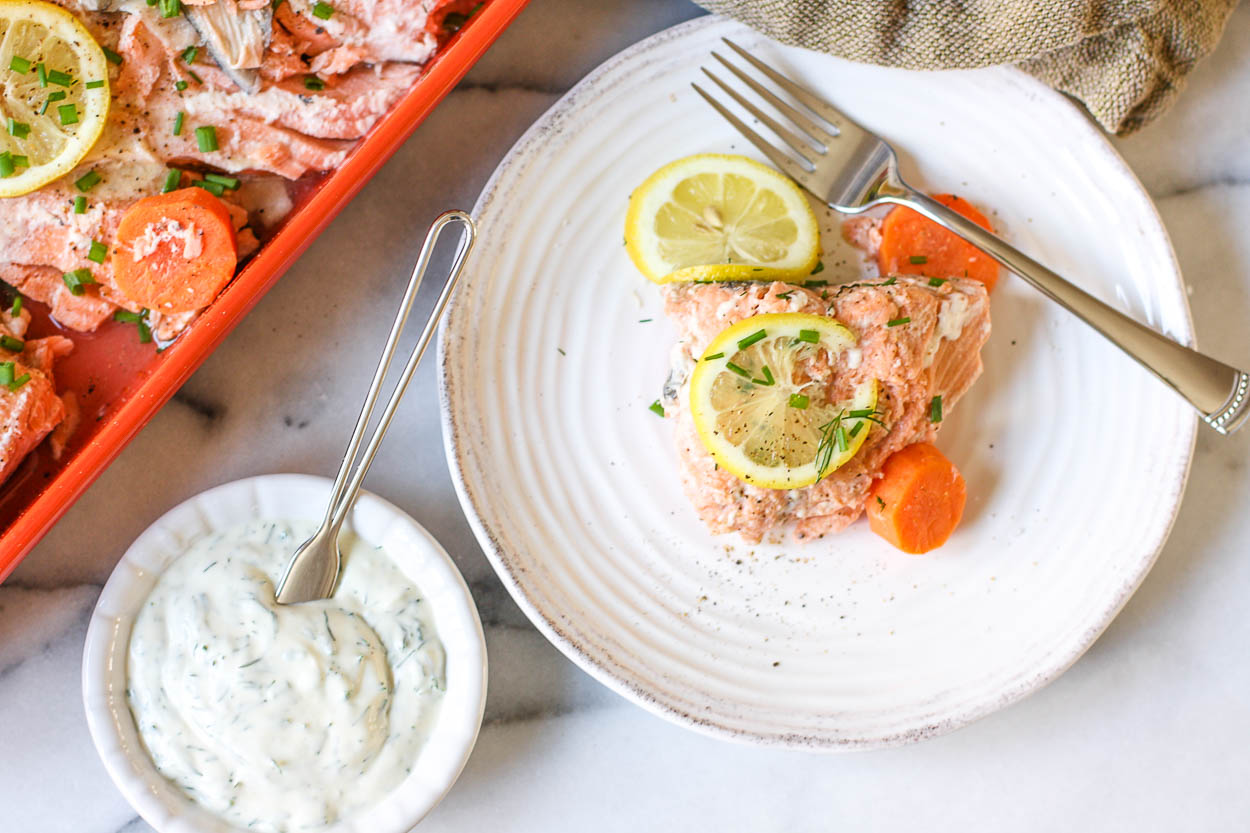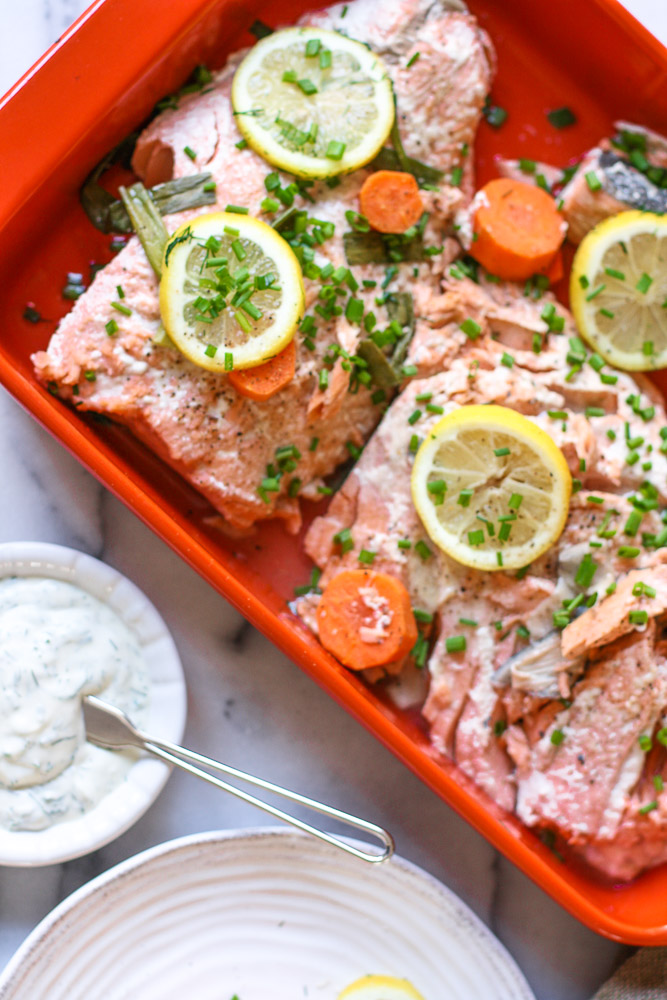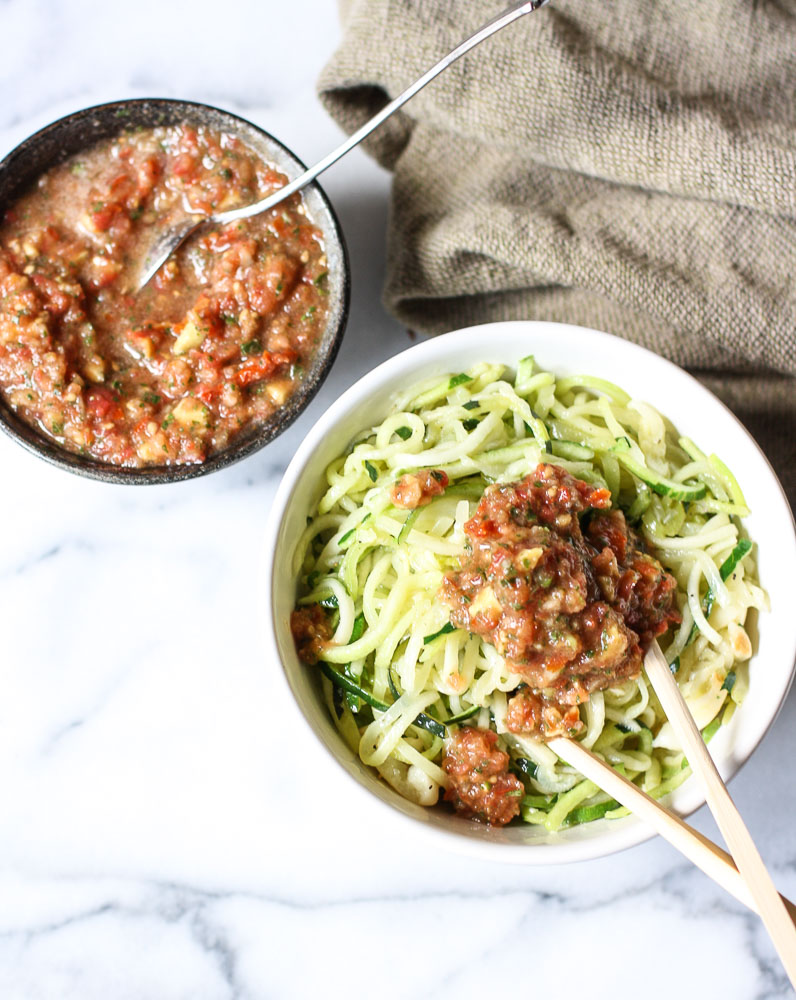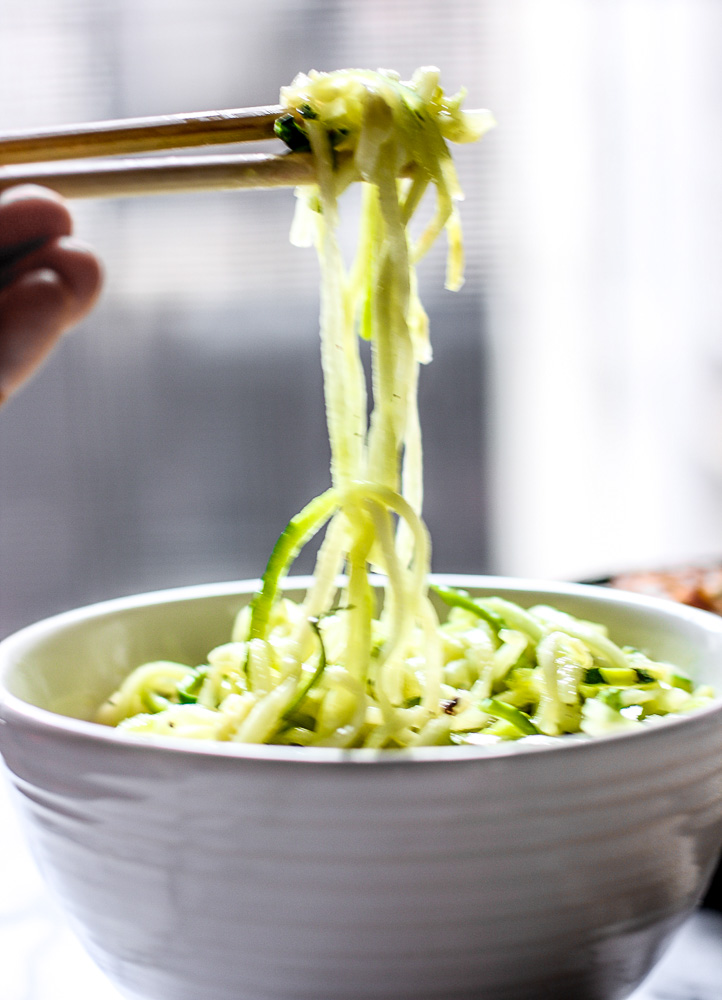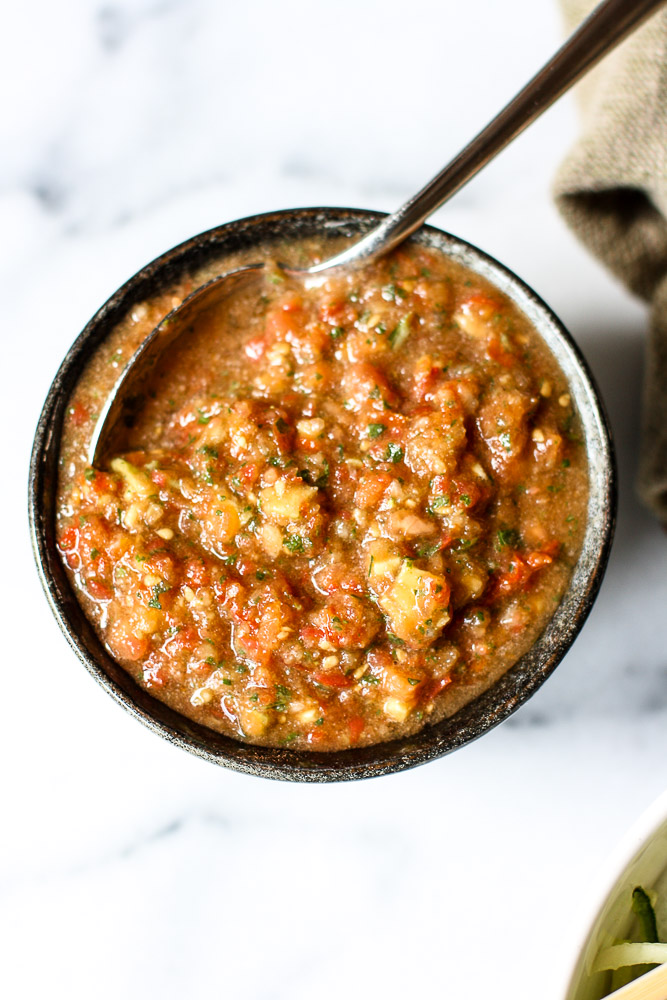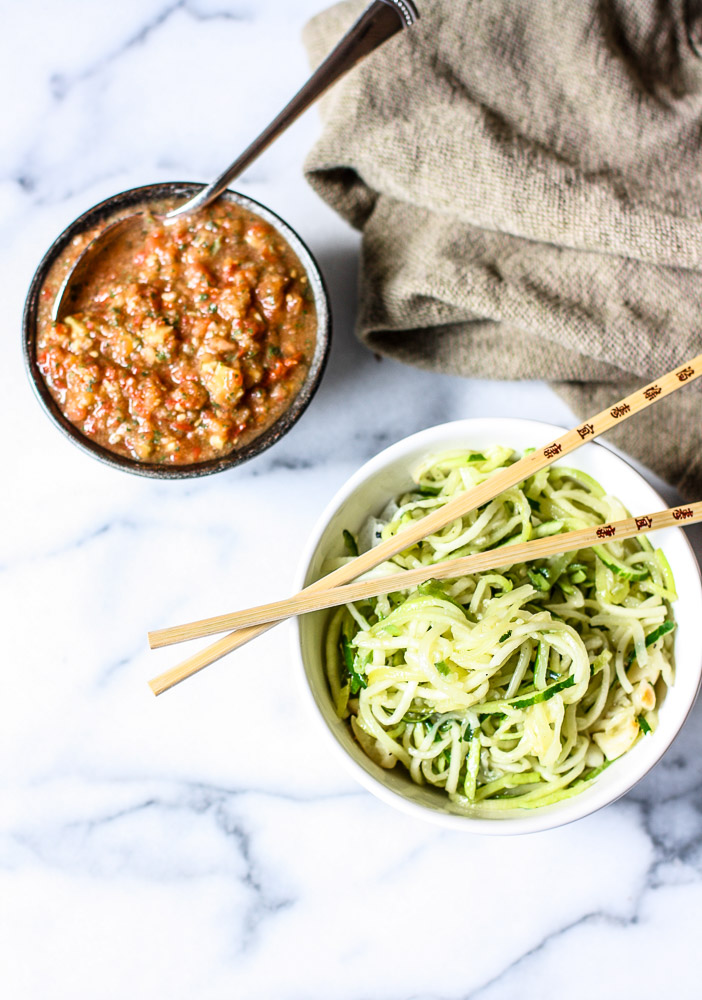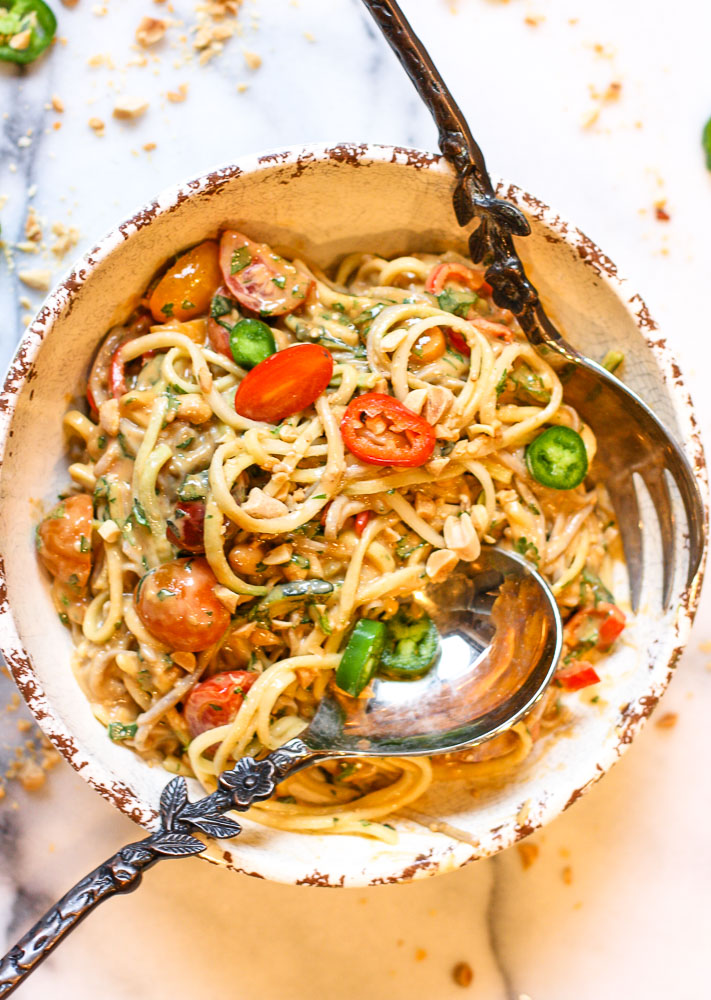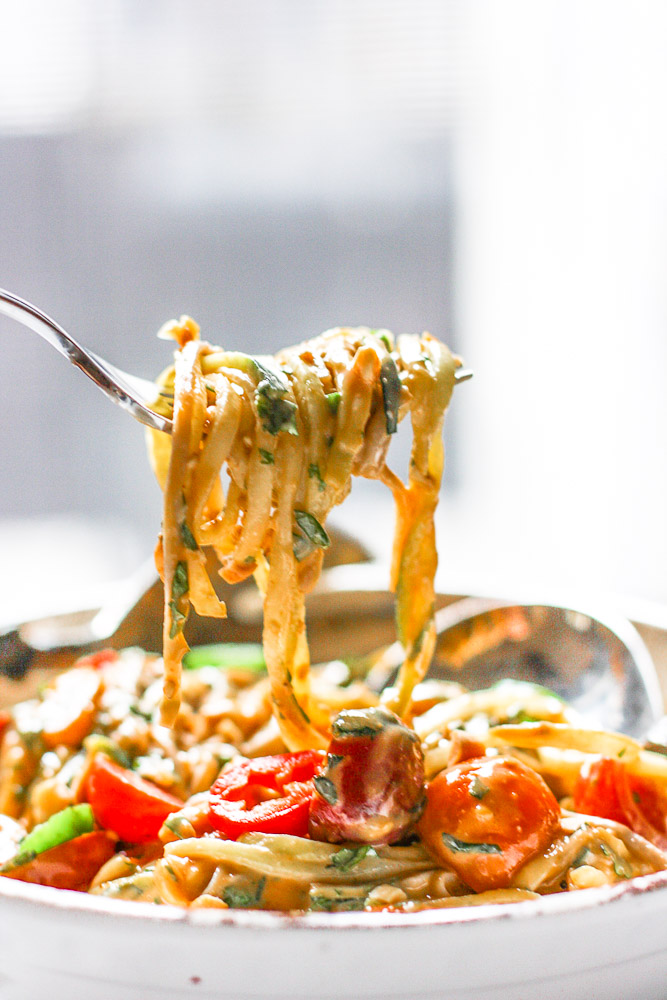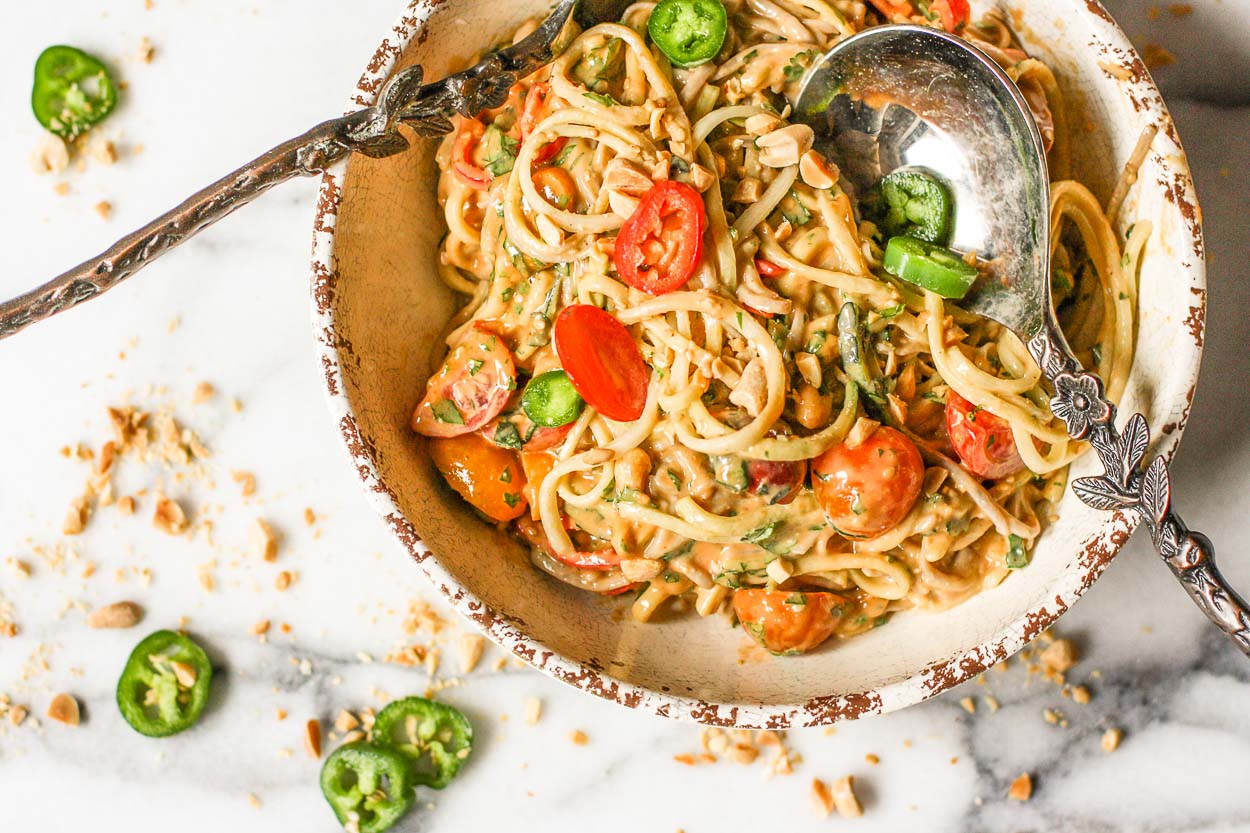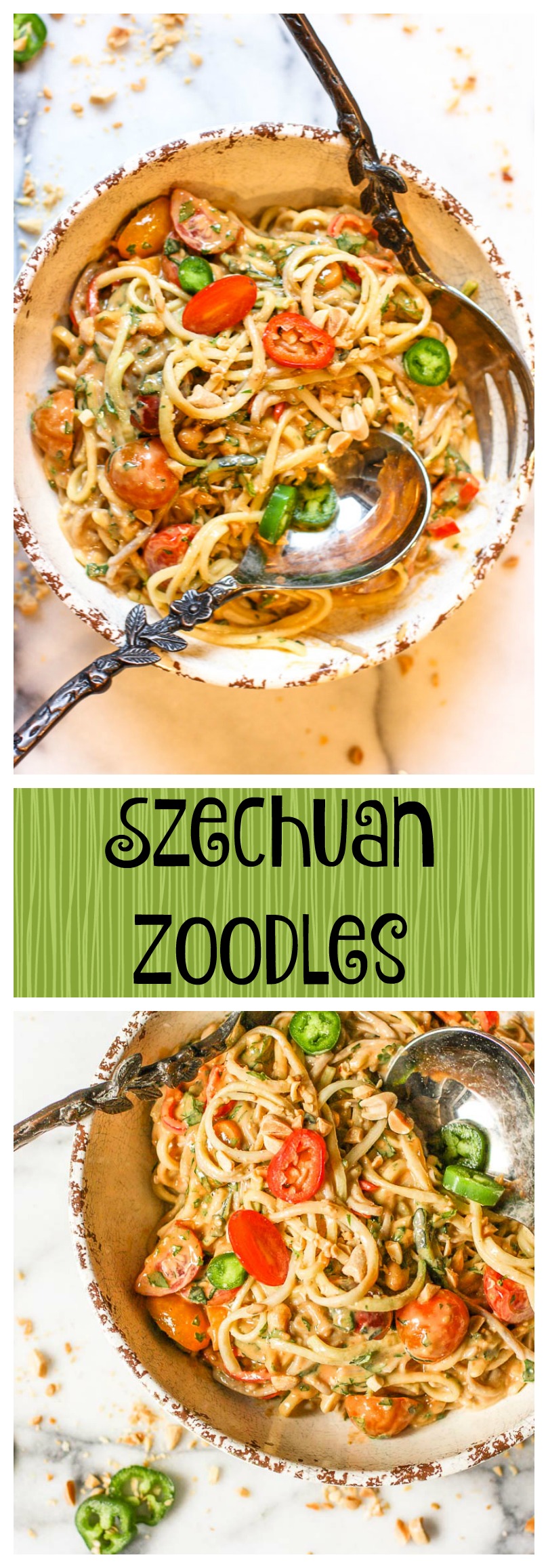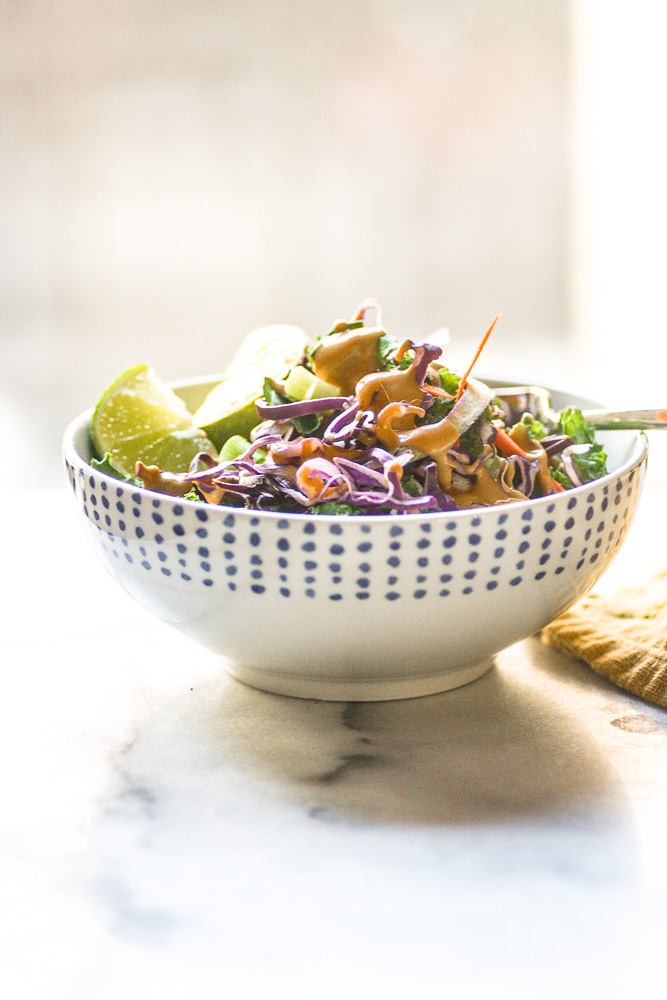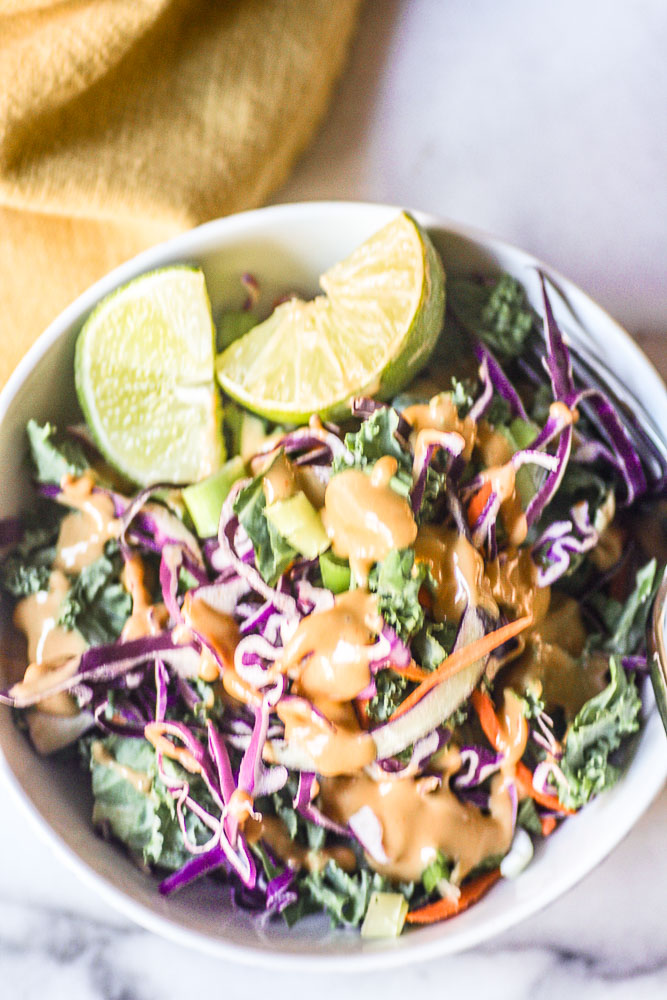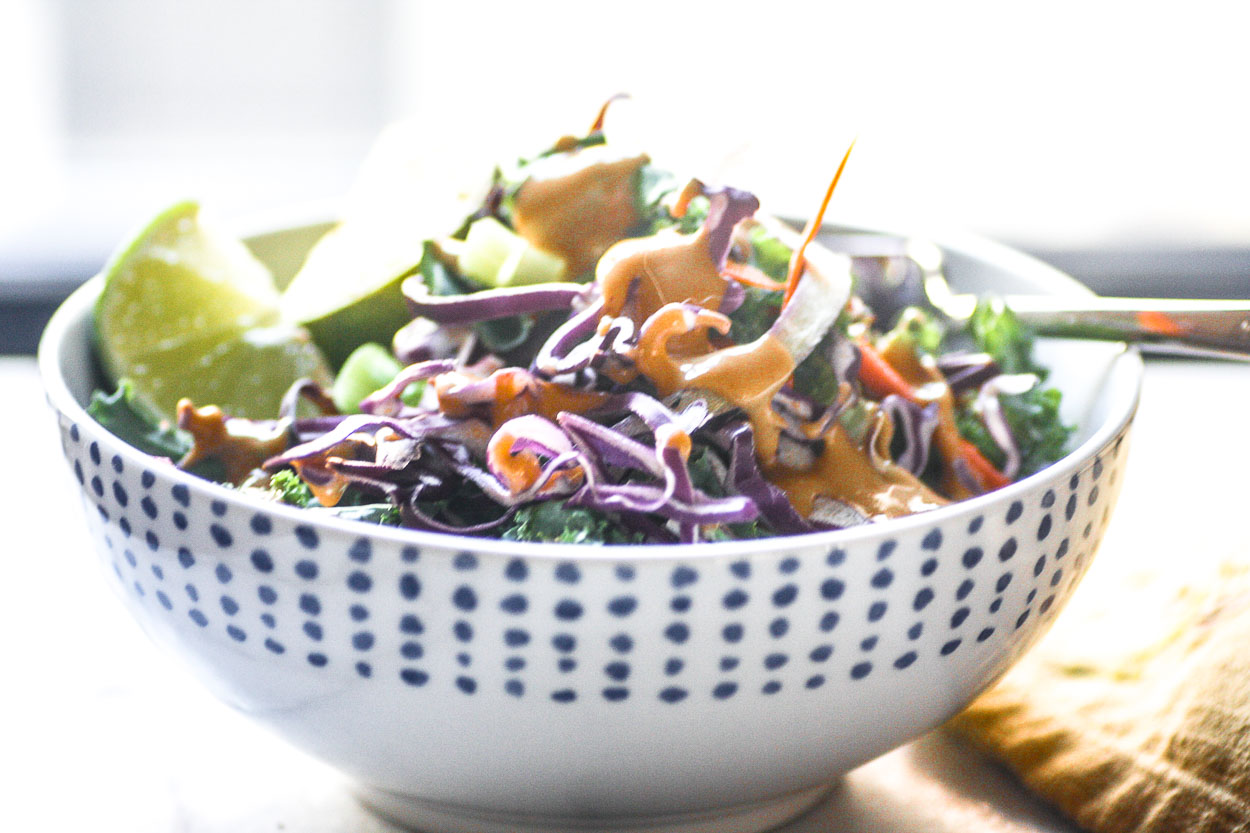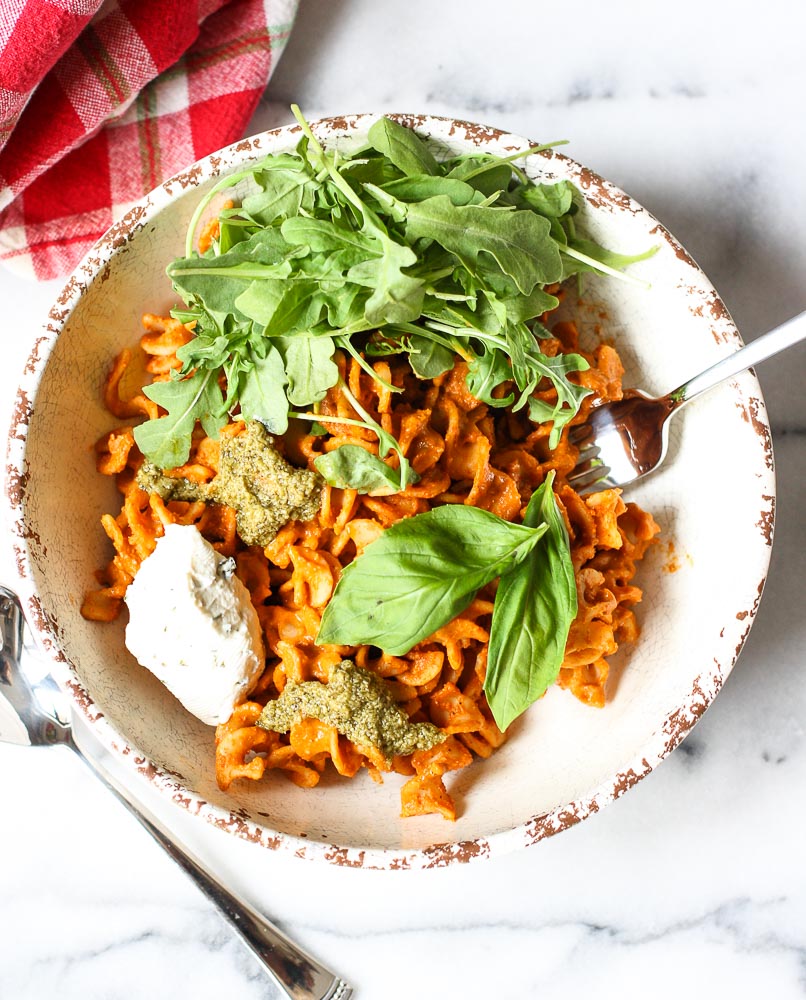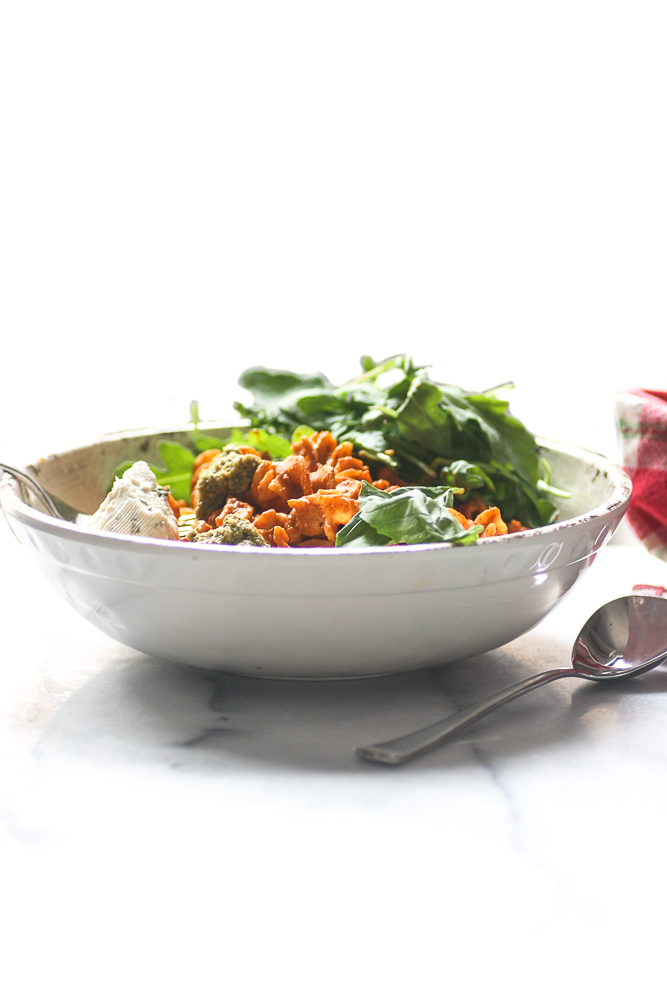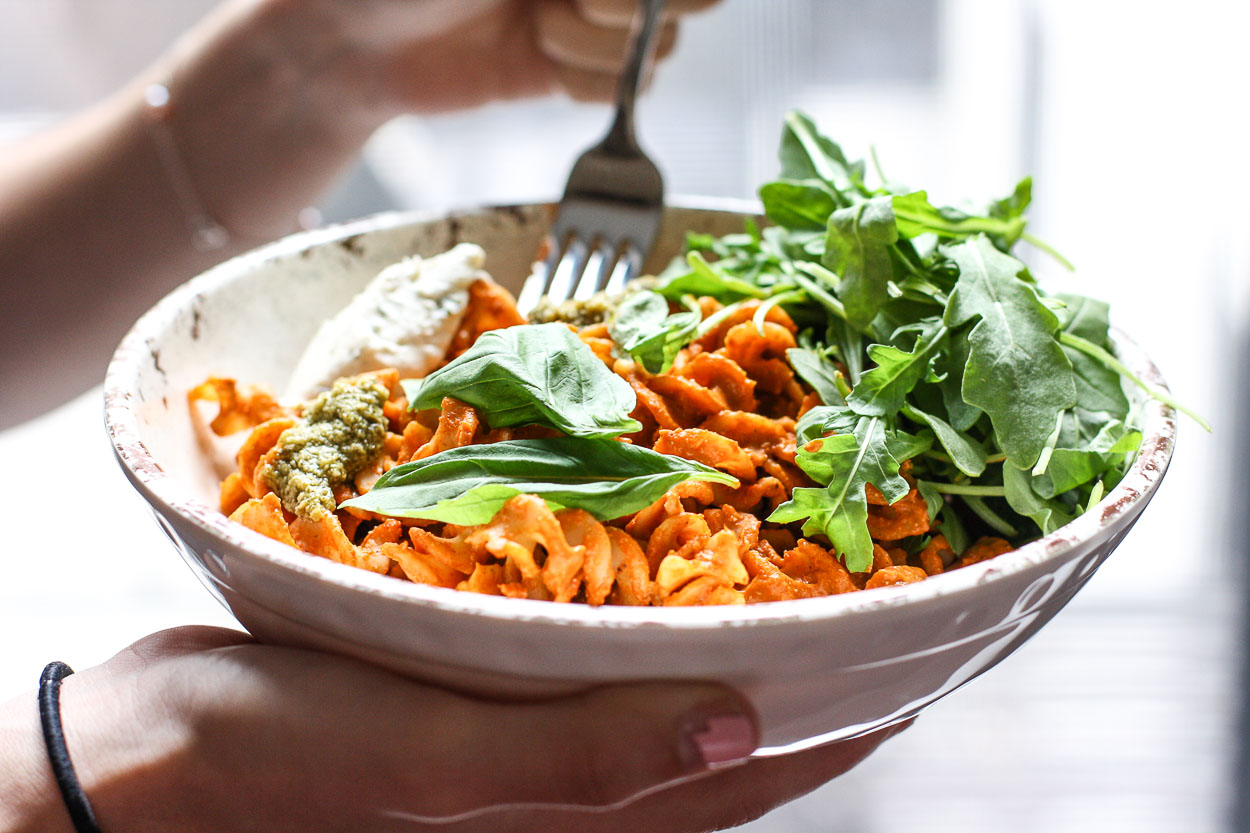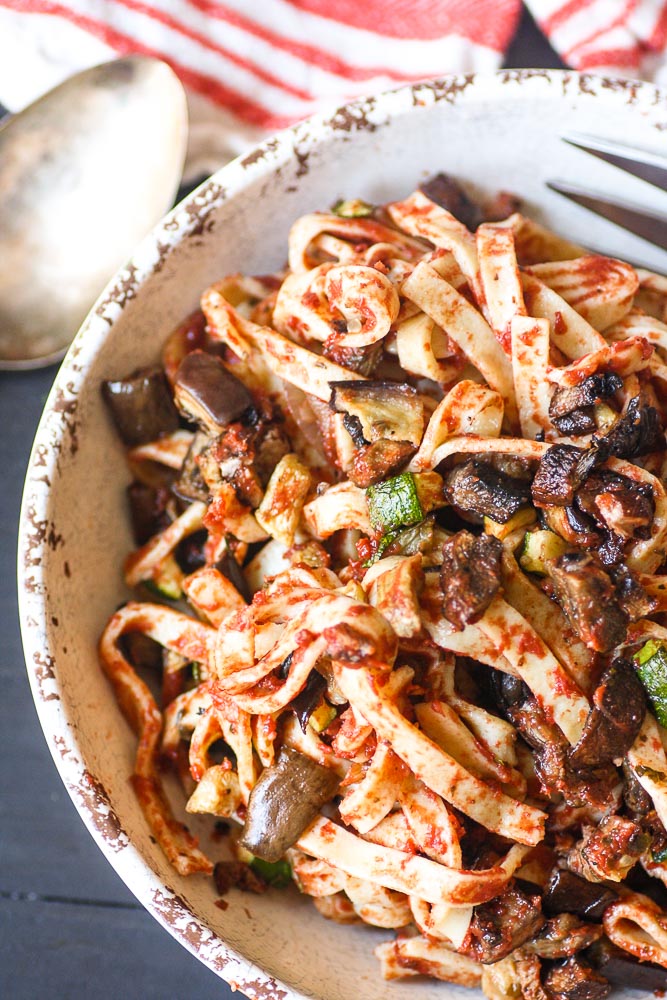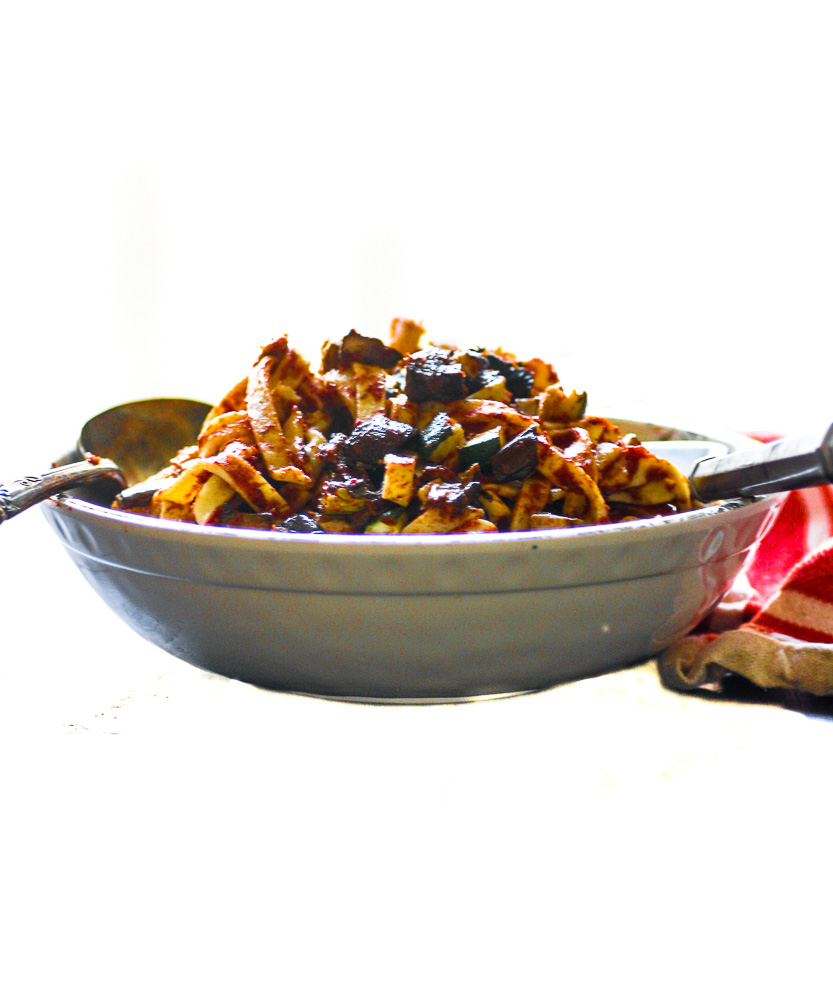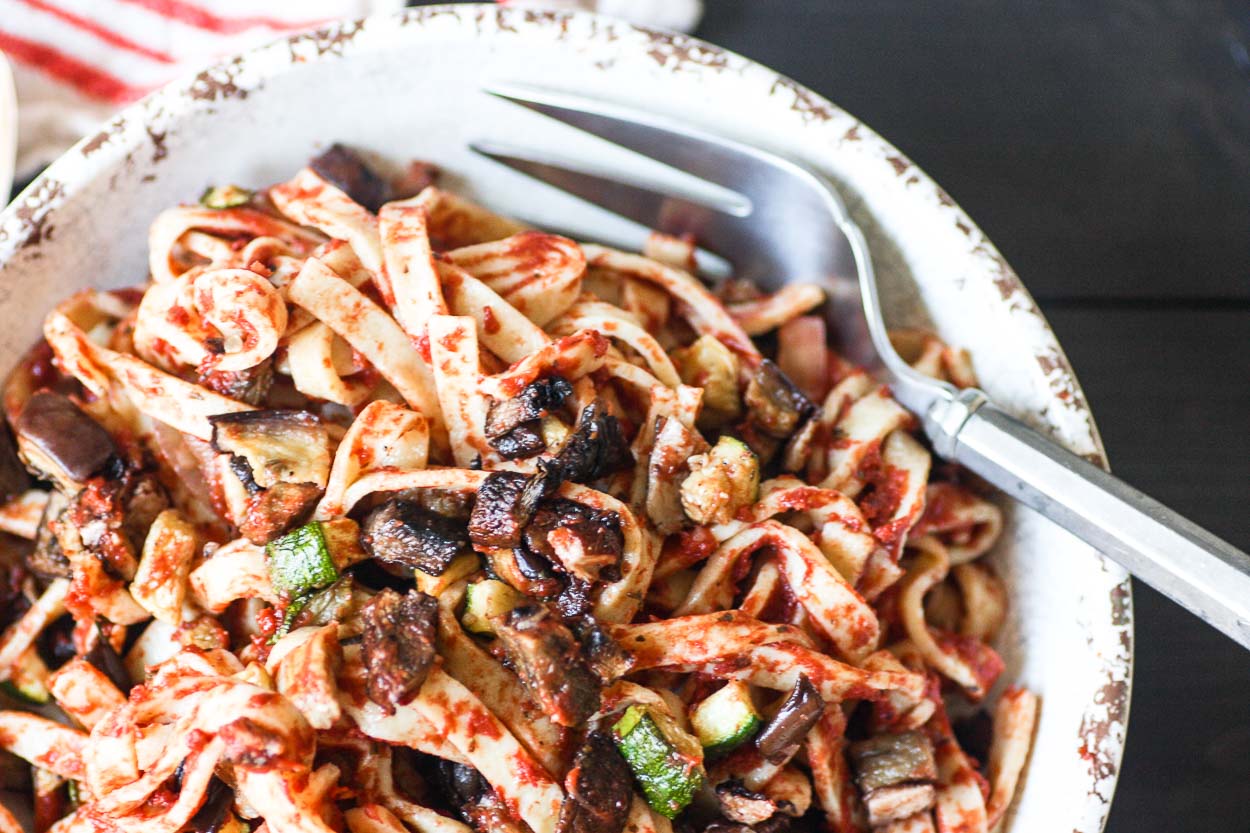Healthy Homemade Ketchup
I’m a condiment freak — I like to dip everything. So, this healthy homemade ketchup is a must in my house!
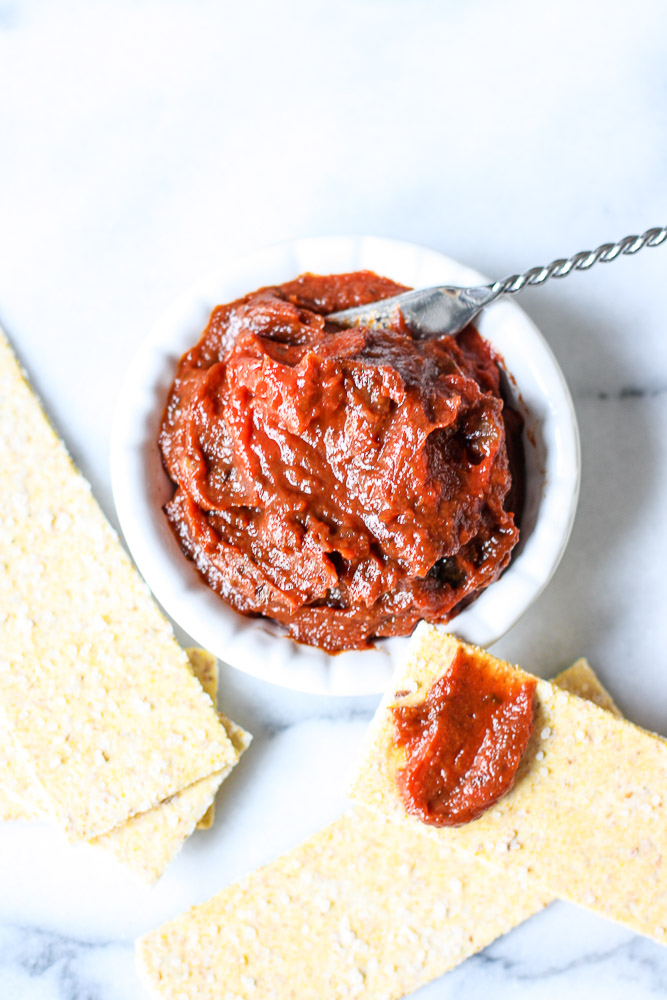
It’s true. We are a condiments-all-the-time household. We can find a reason to dip everything in something. A few years ago it started to bother me that so much of our fridge was filled with jars and bottles that had ingredients that I would normally never use when I cooked . So, I started making my own. OMG — we are so much better off. This ketchup is especially delicious, and it doesn’t have all of the sugar that commercial ketchup has. And yes, I too used to be a Heinz lover… but now we really do all love this healthy homemade ketchup. Try it… you’ll love it too.
One day, when Steve was slathering his food with ketchup, as was his usual M.O., I had that light-bulb-over-head moment and I began creating homemade healthy condiments. Now, let me tell you, he used to really piss me off. I mean, how do you not even taste your food before you drown it in ketchup? I once heard a story about a hiring partner in a huge corporate firm who would take his interview candidates out to lunch and observe them. If they salted their food before tasting it, they wouldn’t be hired because he thought there was not enough thought and consideration in this gesture. Same goes for ketchup.
The creation of this recipe required a lot of trial and error. We ate a lot of ketchup that wasn’t… ummmm… wasn’t… worthy of the name ketchup. I tried all kinds of ingredients to get the right balance of sweet and tangy. For us, this recipe is the perfect balance. It’s the right consistency, and it tastes awesome.
You’ll notice that this recipe contains prunes. I know that sounds weird, but they really give this ketchup just the right taste. So, you’ll need to use a high-speed blender if you want your ketchup to be really smooth.
Another thing I used to buy but now I like to make homemade is Vegan Cashew Cream Cheese.
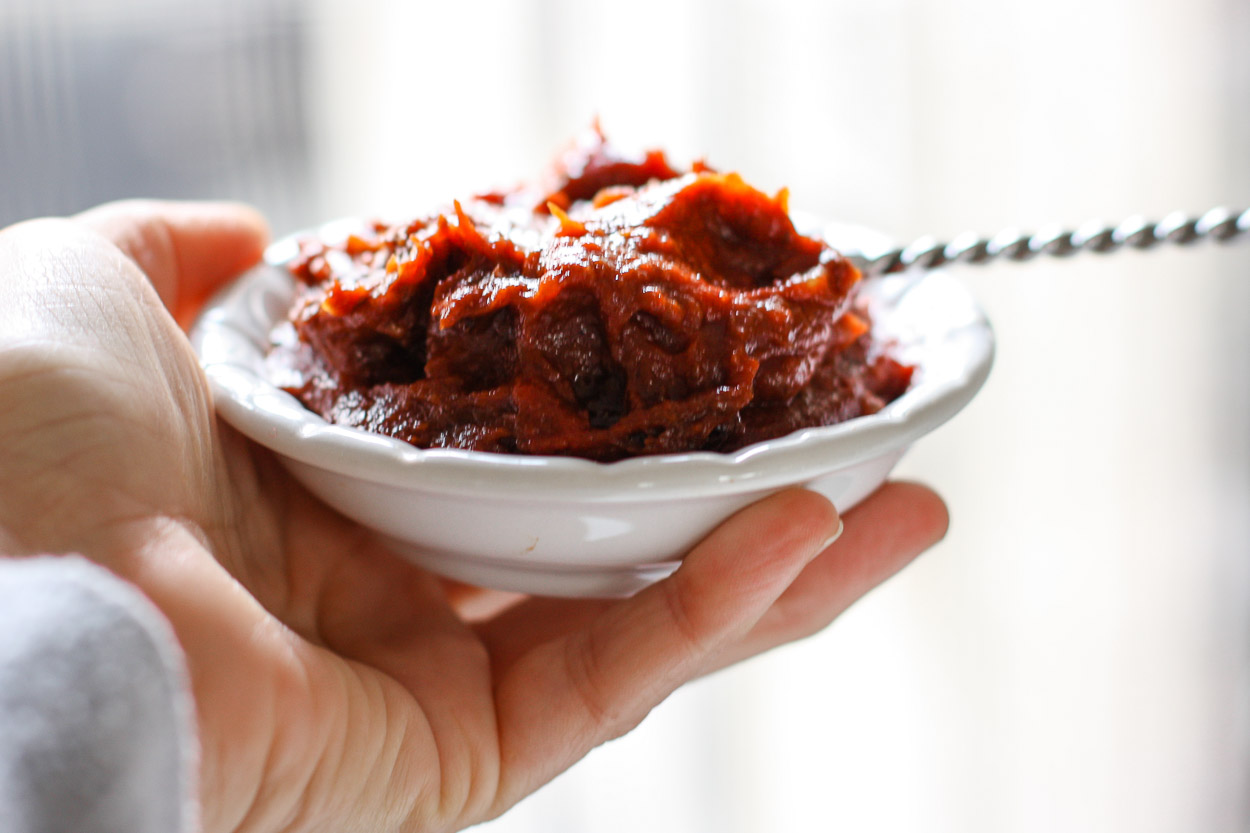
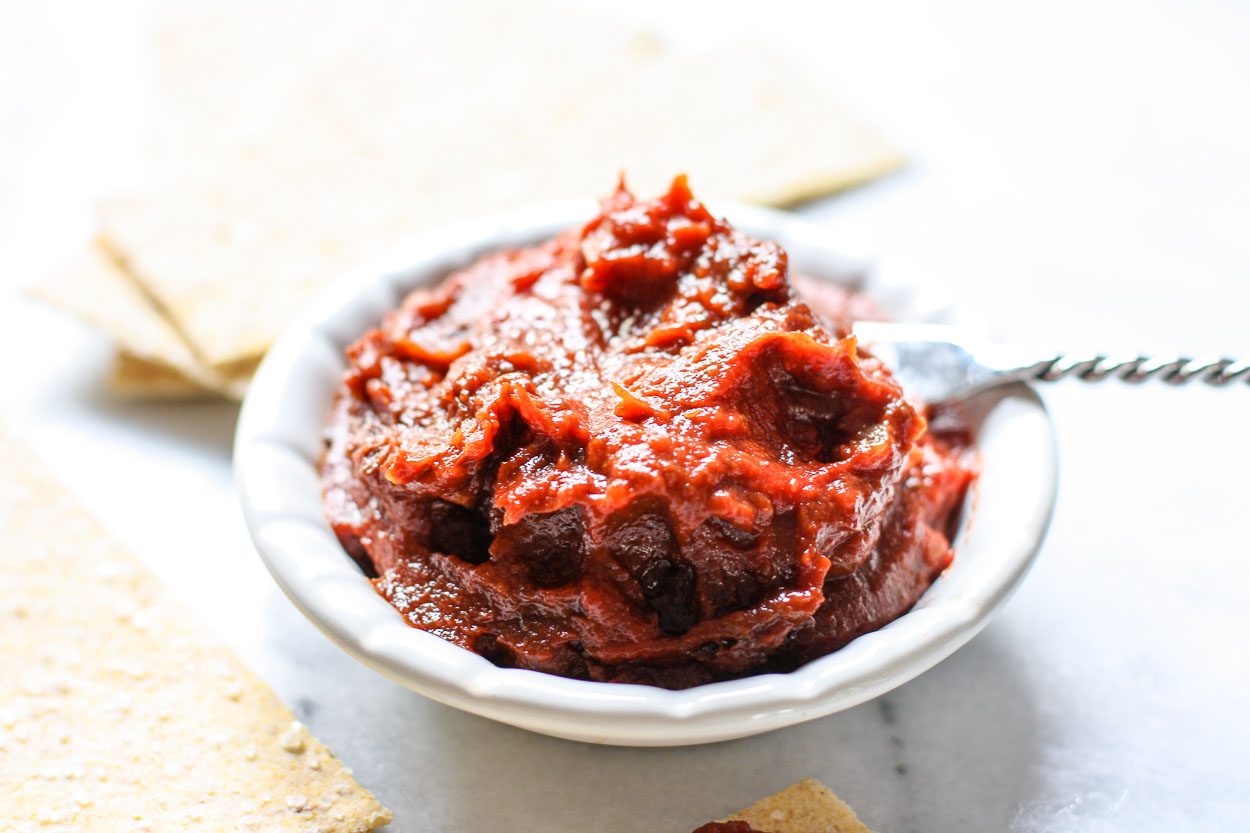
Hear are some of the great healing ingredients in this healthy homemade ketchup recipe:
In Chinese medicine, we use prunes to reduce stomach acidity and to help smooth the digestion. The claim to fame of the prune is that it helps fight against constipation. This is true, and when you clear your intestines, you are also taking a great step toward preventing colon cancer. These dried plums also are great for your vision and they have enough potassium to make them an official heart-healthy food.
In Chinese medicine, we use tomatoes to aid in digestion and to help detoxify the body. They are also good to combat excess cholesterol, lessen inflammation and curb asthma. Tomatoes can also quench thirst, and they can help fight some kidney infections.
Raw apple cider vinegar is one of the most amazing ingredients available today. My husband and I really do take a big spoon of it every day along with our other supplements. It helps you maintain a healthy alkaline level in your body, detoxifies the liver, and is good for your heart. This vinegar helps intestinal function, much the way probiotics do. It also acts as an antacid and can help break down mucous in the body.
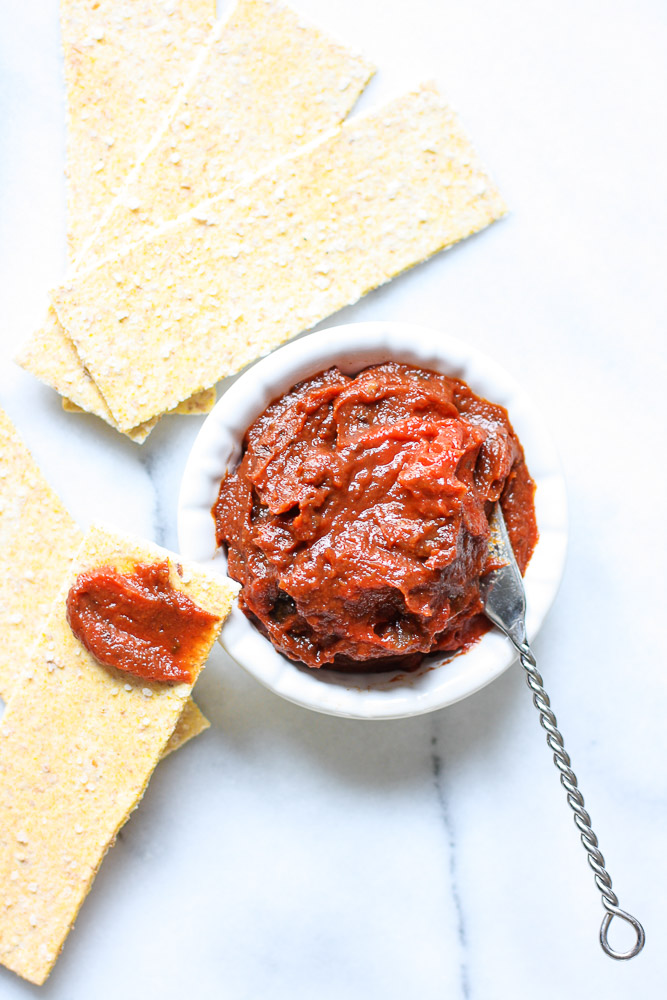
| Healthy Homemade Ketchup | Print |
- 6 pitted prunes
- 7 oz tomato paste
- 2 Tbs raw apple cider vinegar
- ½ tsp paprika
- ¾ tsp garlic powder
- ¾ tsp dried minced onion flakes
- ½ tsp sea salt
- black pepper, to taste
- water, as needed
- Put all of the ingredients, and 5 Tbs water into a high-speed blender.
- Whiz it up. Add more water if necessary to get this ketchup to the desired consistency.
- Store in an air-tight jar in the fridge.
- Enjoy on everything!

